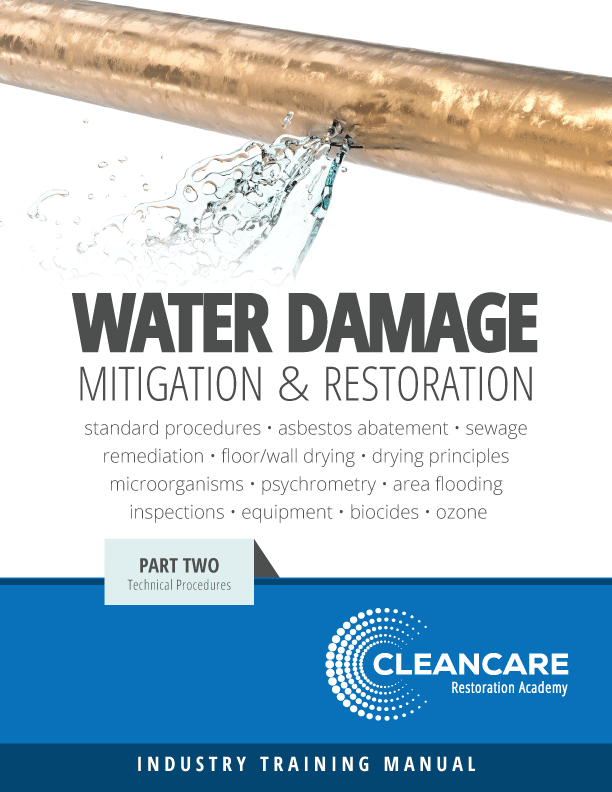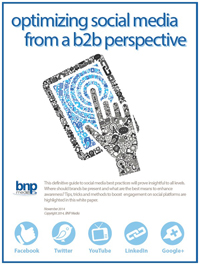Optimizing Water Damage Restoration through Modern Technologies

Photo credit: Planitar Inc.
Water damage from plumbing leaks or flooding is one of the leading causes of property damage claims and can be among the most complex to remediate and restore. Damage can occur everywhere water reaches within the property and, depending on the source, can contain unsafe levels of bacteria, viruses or toxins. Plus, the longer water is allowed to set, the more extensive the damage becomes, putting pressure on claims adjusters and restoration professionals to move quickly. That is being made possible today by emerging technologies that are improving the speed and accuracy of claims processes.
Managing the Growing Demand for Water Restoration
According to the Insurance Information Institute, about one in 60 insured homes in the U.S. experienced property damage due to water between 2017 and 2021, with average losses of more than $12,000.
As common as they are today, there’s a good chance the frequency and severity of water damage claims will grow in the coming years. Severe weather events are becoming more common, increasing the risk of flooding, and aging water distribution infrastructure is failing at an alarming rate. According to the American Society of Civil Engineers Infrastructure Report Card, a water main break occurs in the U.S. every two minutes.
This is creating pressure on insurance companies as they seek to manage risk while providing the service quality customers expect during a time of crisis. Delays in assessing claims can lead to customer dissatisfaction and, if systemic, can damage a company’s reputation. But the desire for speed must be balanced against the need to protect against fraudulent claims and ensure compliance with changing regulations and building codes.
How Technology is improving the Process
Emerging technology is enabling restoration specialists and insurance companies to resolve claims faster while also improving accuracy and reducing fraud. AI-powered and robotic solutions, in particular, are poised to play a growing role in every step of the claims process.

Photo credit: Planitar Inc.
Drones, for example, have advanced rapidly and are now being used to assess exterior property damage quickly and safely from an aerial perspective. Similarly, lidar-equipped camera systems, such as iGUIDE PLANIX, are advancing in ways that expedite the loss documentation and estimating processes.
These camera systems when used with comprehensive property assessment solutions combine optical data with lidar data for fast, precise photo documentation and property measurement. Lidar works by calculating the time pulsed light bounces off surrounding objects, such as walls, and returns to the source. This allows thousands of measurements to be taken in seconds, which creates highly accurate results. For the iGUIDE PLANIX system uncertainty in distance measurement on a floor plan is 0.5% or better and the corresponding uncertainty in square footage is 1% or better.
Another benefit is timesaving. Where measuring a 2,000-3,000 square foot property manually may take several hours, it can be accomplished in minutes using a lidar camera.
These systems are already common in the industry, but where previously the resulting floorplans would be drafted manually, AI is now being used to auto-draft floorplans instantly to further streamline the process. This allows an adjuster to review the floor plan while still on site and make any necessary refinements or adjustments. From there the floor plan or sketch can be uploaded into claims estimating software, such as Verisk Xactimate, and estimating can begin the same day measurements are taken. Additionally, virtual walkthroughs generated from the floorplan make it easier for restoration professionals to identify and prioritize needs.
The use of AI in claims management doesn’t end there. AI-enabled speech-based claims processing is also emerging. Voice-recorded claims information is converted to text for processing and the speech inputs can function as biometric data to authenticate the claim. AI is also being applied at the system level to analyze and validate claims to improve accuracy and create better customer experiences.
Keeping Pace with Change
The advances described above are just the tip of the iceberg when it comes to how technology will shape the future of insurance.
In the article The Impact of AI on the Future of Insurance, McKinsey notes that “the industry is on the verge of a seismic, tech-driven shift.” Specific to claims management, the article predicts that in 2030, “turnaround time for resolution of many claims is measured in minutes rather than days or weeks.”
A lot has to change for that to become a reality, but we are already seeing the potential for significant blocks of time to be removed from the process and it seems likely future advances will build on those occurring today. That makes it especially important to stay current with new technologies that prove capable of automating manual processes, improving collaboration between adjusters and restoration professionals, and delivering a more positive customer experience.
Looking for a reprint of this article?
From high-res PDFs to custom plaques, order your copy today!









